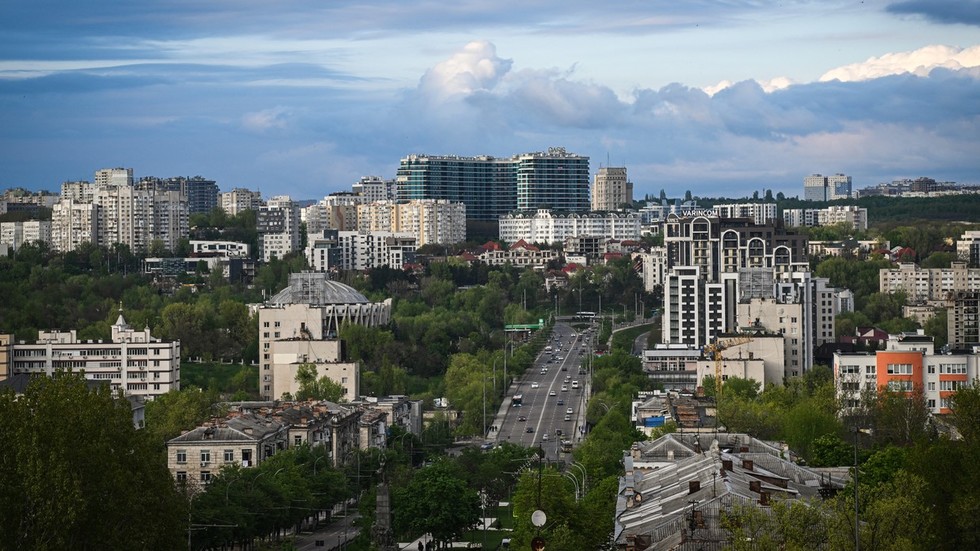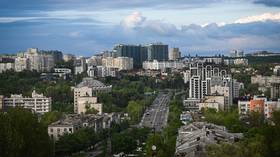
Moldova may lose Russian supplies due to problems with transit through Ukraine

A general view of Chisinau city, Moldova. © DANIEL MIHAILESCU / AFP
Moldova says that Russian energy giant Gazprom may completely halt gas supplies to the country “at a certain stage,” and the government is already considering such a scenario, Energy Minister Viktor Parlikov said on Monday.
In an interview with Vocea Basarabiei TV channel, he noted that in such a case, Chisinau would also have to “deal with an energy crisis in Transdnistria.”
Moldova reportedly sends the entire volume of gas it receives from Russia to a hydro power plant on the left bank of the Dniester in Transdnistria, its breakaway self-governing region, receiving cheap electricity in exchange.
“Now all the gas that reaches the left bank of the Dniester is de facto free. The advantage of this situation is that we buy electricity at a better price than at its alternative cost,” he said.

Parlikov warned of the impact from a termination of the contract with Gazprom. Domestic power generation can only cover 20% of Moldova’s electricity demand. Chisinau is currently buying electricity at $73 kilowatt-hour from Transdnistria compared to $93 KWh for imports from Romania.
“There will be consequences that all of us will have to deal with on the right bank. There are 250,000 people living on the left bank of the Dniester, most of them citizens of Moldova. They will not go to Moscow or Ukraine, we will also have to take care of them,” the official added.
In 2021, Moldovan national energy company Moldovagas signed a five-year contract with Gazprom for supplies of 3.3 billion cubic meters of gas annually. Of this volume 1.1 bcm was designated for Moldova and 2.2 bcm to Transdnistria.
But in October, Gazprom slashed gas supplies to Moldova by 30% to 5.7 million cubic meters per day, citing the refusal of Ukrainian state energy company Naftogaz to provide gas delivery services through the Sokhranovka entry point. Ukraine shut down the Sokhranovka station in May, a key gas transit route which handled about a third of the Russian gas flowing through the country to European customers.
For more stories on economy & finance visit RT’s business section




